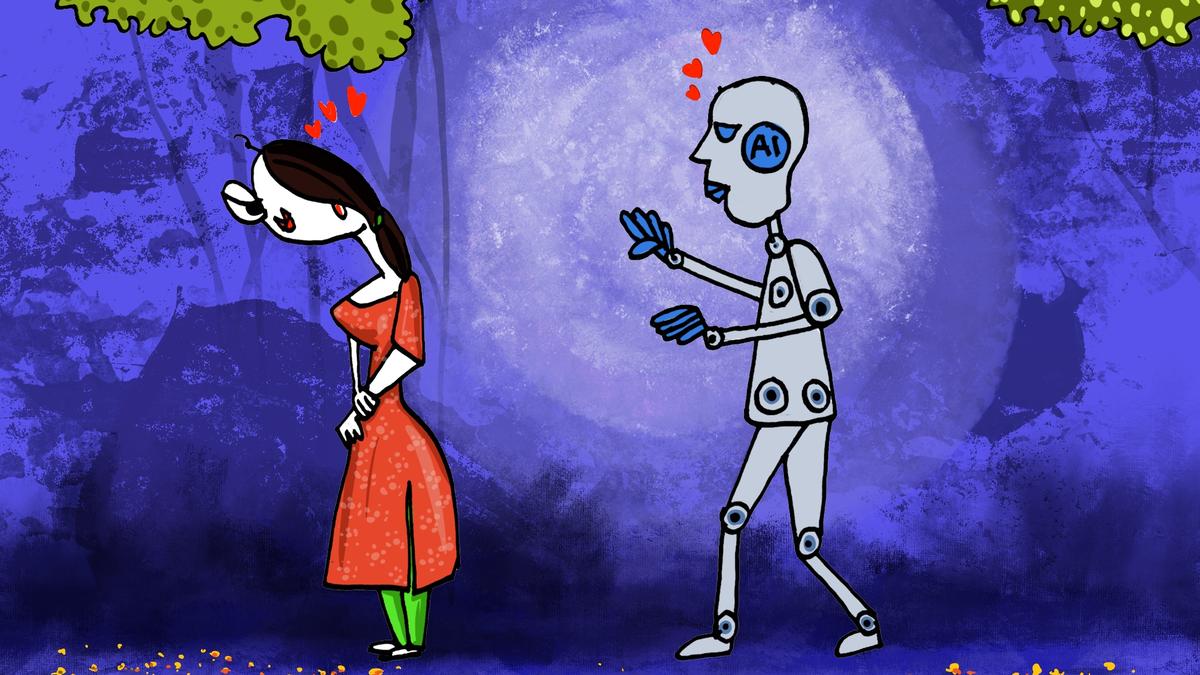
Life in the times of AI Premium
The Hindu
Explore the transformative impact of AI on human life, from sensory capabilities to ethical considerations, in a concise overview.
The rise of artificial intelligence has transformed every aspect of our lives and has even challenged our understanding of the mind, brain, and consciousness. From the moment we wake up until we retire for the day, we encounter various AI tools that cater to our day-to-day requirements. From virtual assistants such as Siri and Alexa aiding daily tasks to recommendation algorithms on Netflix, personalised product suggestions on Amazon, predictive text on smartphones, navigation with Google Maps, fitness monitoring, fraud detection in banking, drone-assisted agriculture, personalised education platforms and chatbots such as ChatGPT, AI permeates every aspect of our lives, raising the fundamental question: “Are we propelling machines to mimic human beings, or are we transforming humans into machines governed by AI?”
It refers to the transformative process where machines, traditionally governed by programmed instructions, evolve to acquire artificial intelligence capabilities, leveraging machine learning, deep learning, and natural language processing to process vast amounts of data, recognise patterns, self-learning and make autonomous decisions, thus behaving more like human beings.
In the age of AI, machines embedded with electronic sensors now possess super senses mirroring the perceptual abilities of humans such as sight, hearing, taste, smell, and touch, granting them the ability to perceive and understand their surroundings akin to humans’ indispensable sensory capabilities. These sensors, ranging from infrared for dark environments to medical sensors monitoring health, not only mimic but enable them to acquire the abilities exceeding the traditional human senses, enabling machines to navigate and interact with the world more effectively than humans.
Furthermore, neural networks, a foundational concept of AI, inspired by the complex structure and function of the human brain, imitate the brain’s interconnected neurons that communicate via chemical and electrical signals.
Recent breakthroughs from MRC Cognition and Brain Sciences Unit, University of Cambridge, depicted that researchers have successfully created an artificial system of neural networks that not only simulates but also behaves like human brain. The research also discovered something really fascinating: the neural network figured out how to use less energy but still do its job effectively, just like how humans have learned over thousands of years to solve hard problems with less mental effort.
The emergence of digital humans, an AI entity with human-like faces that mimic human communication, heralds a new era in human-computer interaction, offering emotional engagement and practical applications across various industries.
Lil Miquela, a virtual online influencer who has nearly 3 million Instagram followers, exemplifies this trend.













